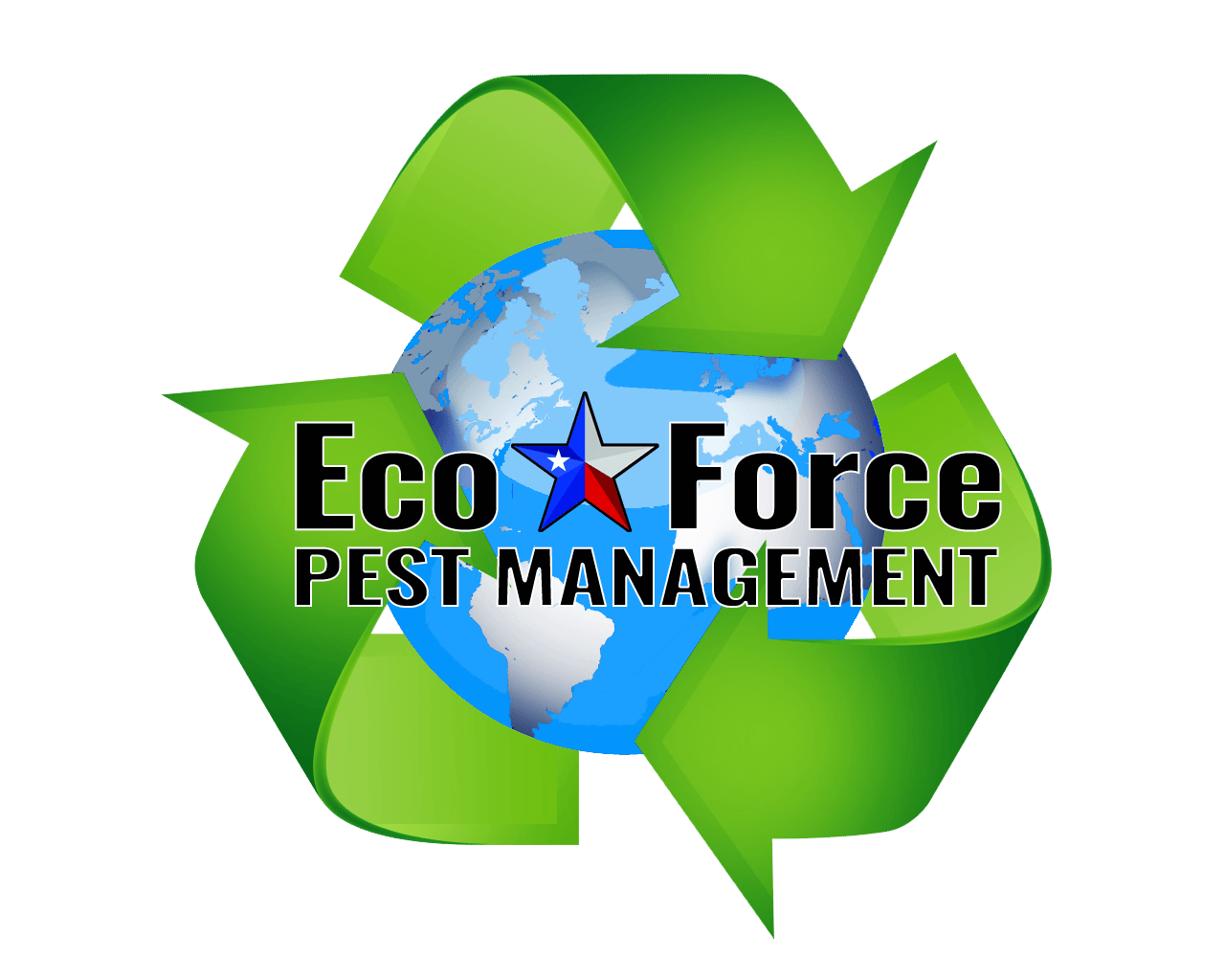Comprehensive Silverfish Control Service
Guaranteed Silverfish Extermination In Texas
EcoForce Pest Management offers thorough silverfish control services designed to protect your home or business from these persistent pests. Our certified exterminators employ an integrated pest management approach that combines exterior treatments with effective silverfish prevention strategies to ensure their complete eradication. We start with a detailed inspection to locate the sources of infestation and then create a customized treatment plan tailored to your property's needs. Our methods include effective preventive measures to safeguard against future invasions to provide long term peace of mind. With EcoForce, you can count on reliable and effective silverfish control to keep your environment safe and pest-free.
Contact us today: 830-507-2847
Pest-Free Commitment
- Eco-Friendly Solutions
- Fully Licensed & Insured
- Competitive Rates
Pest FREE Guarantee
Competitive Pricing
Eco Friendly
Locally Owned
Expert Silverfish Extermination
Expert silverfish extermination is crucial for effectively managing and eliminating infestations as these pests can multiply quickly and remain hidden for long periods. A skilled pest control specialist can accurately identify the silverfish species and locate their entry points and nesting areas. Silverfish can lay up to three eggs daily over their three-year lifespan which can turn a minor issue into a major problem if not addressed promptly. Their nocturnal nature means they often go unnoticed until the infestation is significant. At EcoForce Pest Management, we guarantee 100% satisfaction with our silverfish control services. If silverfish return, so do we, at no additional cost.
The Importance of Professional Silverfish Treatment
Professional silverfish treatment is recommended because it ensures a thorough and effective approach to eliminating these elusive pests. Silverfish can quickly multiply and hide in hard to reach areas which makes DIY methods often insufficient when trying to address the infestation. Professional exterminators have the expertise to identify infestation sources, use targeted treatments, and implement preventive measures to keep silverfish from returning. This comprehensive approach not only eradicates the current infestation but also provides long-term protection which ensures that your home or business remains silverfish free.
Silverfish Control Strategies
At EcoForce Pest Management, we use a range of effective strategies to keep your home free from silverfish.
Thorough Inspection:
We begin with a comprehensive home inspection to identify potential breeding grounds and entry points for silverfish. This allows us to target treatments effectively and prevent future infestations.
Local Spot Treatment:
Infestation sites and breeding grounds are treated using growth regulators and low-toxicity chemical pesticides. These targeted applications ensure that silverfish populations are controlled without harming your environment.
Silverfish Exclusion:
To prevent silverfish from entering your home, we seal cracks, crevices, and other potential entry points using silicone-based caulking. This exclusion method is crucial for maintaining a pest-free environment.
Silverfish Prevention:
We advise on proper sanitation and environmental management like cleaning up dark, damp areas like dead leaves, mulch, wood piles, and other vegetation to reduce the attractiveness of your property to silverfish.
For prompt service addressing your silverfish control needs call 830-507-2847
EcoForce Pest Free Process
Step 1: Inspection
Our services start with a thorough inspection of the property. During this check, we will identify problematic areas with pest activity, access points, and where they are hiding.
Step 2: Treatment
After the location of pests has been identified, treatments will begin. EcoForce uses an integrated pest management approach that targets active pest infestations and prevents future ones from emerging.
Step 3: Exclusion
Once treatment is completed, exclusion strategies will be implemented to seal any access points that pests can use to gain access to a home or business.
Step 4: Maintain
On going maintenance and monitoring are all part of a comprehensive pest treatment strategy. This will help deter future pest activity as well as inform the team if pests return.
Are Silverfish a Threat?
While silverfish do not sting, bite, or spread diseases, they can still pose significant risks to your household. One of the main concerns is that silverfish can trigger allergies in some people, especially those with dust sensitivities. The most substantial threat, however, is the property damage they can cause. Silverfish feed on a variety of starchy and cellulose materials including cloth, paper, cardboard, glue, and pantry staples like flour. This means that books, files, magazines, upholstery, clothing, and stored food items are all at risk of being damaged. Additionally, silverfish infestations can attract other pests that may feed on them. Effective pest control should include measures to address silverfish to prevent further complications.
Common Types of Silverfish
Silverfish come in various species, each with unique characteristics and habitat preferences.
Lepisma Saccharina: Commonly known as the "common silverfish," Lepisma saccharina is typically found in moist areas of the home like basements and crawl spaces. They thrive in high humidity and temperatures between 70 to 80 degrees Fahrenheit. These silverfish are characterized by their shiny, metallic scales and prefer a high-protein diet.
Ctenolepisma Longicaudata: Referred to as the "gray silverfish," Ctenolepisma longicaudata moves throughout the entire house and is often found in areas with light foot traffic like basements, attics, closets, and storage spaces. These dull-gray silverfish thrive in hotter environments, with temperatures ranging from 80 to 85 degrees Fahrenheit. They feed on both animal and plant materials.
Ctenollepisma Quadriseriata: These extremely small silverfish are hard to detect once they infiltrate your home. Known for their ability to access tight spaces, Ctenollepisma quadriseriata feed on protein and can hide in areas that larger insects cannot reach which makes them particularly elusive.


